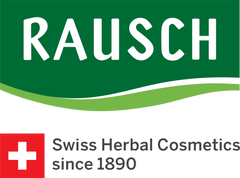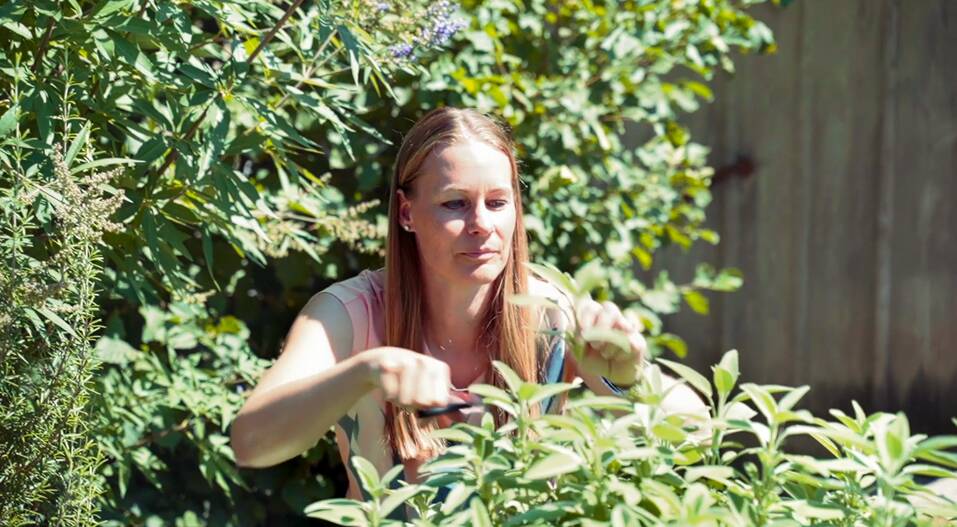Mallow | What's that?

The mallow (Malva sylvestris) is one of the oldest medicinal plants in the world. Mallow is referenced as far back as the Old Testament, where Moses gives mallow tea to someone with a fever.
It was used as a medicine in the ancient world to combat all kinds of internal and external maladies. Doctors and botanists of the Middle Ages such as Andrea Mattioli extolled the extraordinary powers of the Eurasian plant in their books of herbal remedies.
Nowadays, the mallow, with its bright purple flowers, has a less illustrious profile. Its medicinal properties have been widely forgotten. Mallow tea is still served for its appealing colour, but not as a valuable medicine.
However, mallow is in fact among the very best herbs for combating coughs and inflammation of the mouth and throat. It is chiefly the mucilage in mallow that gives it its healing properties. Its leaves and flowers contain 5–12% mucilage, which immediately builds a protective layer in the mouth, throat, stomach or gut in the case of illness.
The flowers also contain anthocyanins, which are among the most powerful natural antioxidants. In addition to mucilage, mallow also contains tannins and essential oils, giving it a soothing, antibacterial and anti-inflammatory effect.




